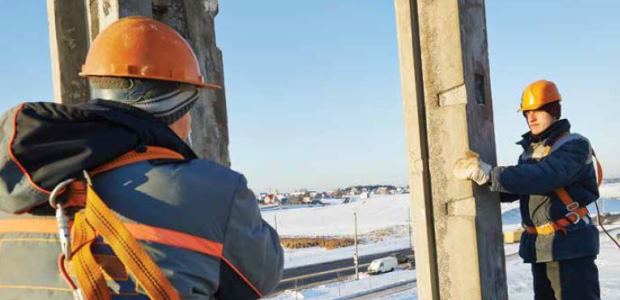
Cold (Work) Comforts
The CPWR "Working in Cold Weather" Hazard Alert recommends being proactive and alert, taking frequent breaks in a warm area, working in pairs so either one can spot the danger signs, and notifying a supervisor or summoning medical help immediately if a worker has signs or symptoms of hypothermia or another cold-related illness or injury.
Winter weather is hazardous for many people -- drivers, emergency workers, law enforcement, airport baggage handlers and deicing equipment operators, construction workers, and many others.
CPWR's "Working in Cold Weather" Hazard Alert, dated 2016, is a valuable summary of what to do, and what not to do, if you must work in the cold. It's written for construction workers but applies just fine to other occupations.
It lists the symptoms of hypothermia, frostbite, and trench foot and cites OSHA's Cold Stress Guide as one of its sources.
Both recommend dressing properly for work in cold conditions:
- Inner and outer layers that will keep you dry
- A hat or hood to cover your ears and a knit mask, if necessary
- Waterproof, insulated gloves
- Waterproof, insulated boots
Drinking the right liquids is also important, with OSHA recommending "warm, sweetened fluids" and both saying do not consume alcohol; caffeine and alcohol cause the body to lose heat.
The CPWR Alert recommends being proactive and alert, taking frequent breaks in a warm area, working in pairs so either one can spot the danger signs, and notifying a supervisor or summoning medical help immediately if a worker has signs or symptoms of hypothermia or another cold-related illness or injury.